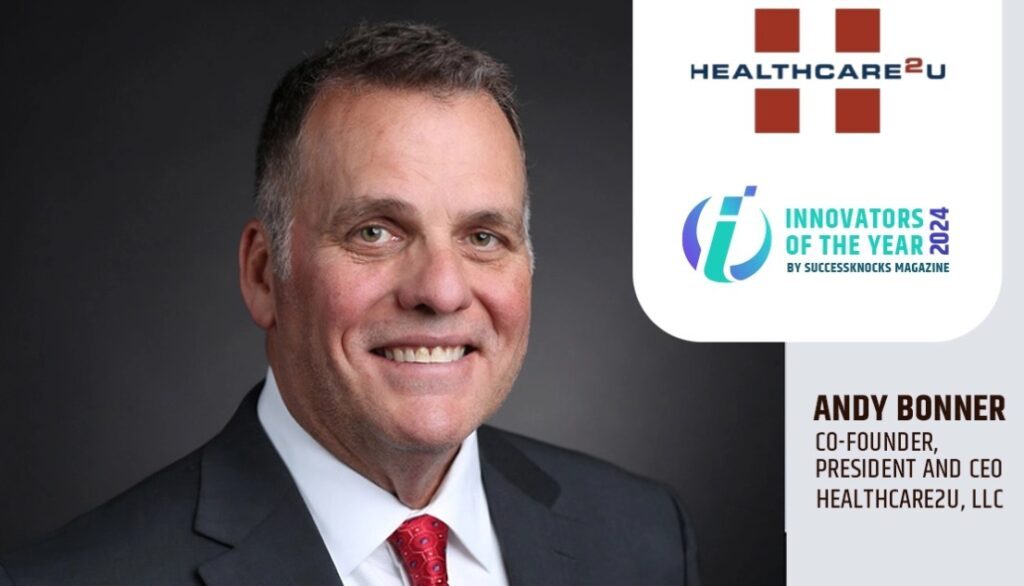Cholesterol gets a lot of bad press, but it’s necessary for a healthy body. Cholesterol isn’t all good, nor is it all bad. It’s a complex matter worth knowing more about. This fat-like, waxy substance is found in every part of your body. The cholesterol levels in your blood come from two sources: the foods you eat and your liver. Your liver produces all the cholesterol your body needs.
Your body uses cholesterol to make cell membranes, vitamin D, and a number of hormones. Here are some of the vitally important functions of the six steroidal hormones derived from cholesterol:
- Glucocorticoids aide in the metabolism of carbohydrates. The most important glucocorticoid is cortisol, a powerful adrenal hormone with anti-inflammatory properties that oppose immune hyperfunction.
- Mineralocorticoid hormones, such as aldosterone, regulate water/electrolyte dynamics through the control of sodium and potassium.
- Androgenic hormones like DHEA and testosterone control libido, maintain bone density and have anti-aging properties.
- Progestagens, such as progesterone, are vital for regulating women’s menstrual cycles and gestation.
- Estrogens, such as estradiol, are vital for sexual development and promote bone and brain health.
- Vitamin D is technically a sterol, but functions as a steroidal hormone. It has hundreds of vital immune supporting functions and regulates calcium in the blood.
Too Much of a Good Thing
About 95 million American adults have total blood cholesterol levels of 200mg/dl and higher. Of those, approximately 28.5 million American adults have a level of 240 or above. According to the American Heart Association, having too much LDL cholesterol leads to plaque accumulation on the walls of your arteries. When this plaque builds up, it can narrow the blood vessels, straining the flow of oxygen-rich blood throughout the body.
It can also cause blood clots, which can break loose and block blood flow, causing a heart attack or stroke. A healthy HDL cholesterol level can protect against heart attack and stroke, but studies show that low levels of HDL cholesterol can increase the risk of heart disease.
Keeping It Balanced
While heredity can play a role in cholesterol levels, you can control your cholesterol with a healthy diet, exercise, and maintaining a healthy weight. Diets high in sugar and saturated fats can amplify heart disease as can smoking. Here are some foods that can help lower cholesterol:
- Legumes
- Avocados
- Fruits and Berries
- Nuts
- Fatty Fish
- Whole Grains
- Dark Chocolate and Cocoa
Doctors recommend getting your cholesterol checked every five years. Preventing heart disease is just one of many reasons it’s essential to establish a relationship with a primary care doctor you trust. Having someone to track your vital numbers and observe trends in your health can keep you on the path of wellness and save you from chronic conditions as you age.
Your healthcare provider will determine your total cholesterol and LDL goals based on other risk factors. For that reason, it’s crucial to have a full lipid profile as part of your health history.
If it’s been a while since you had your cholesterol checked, schedule an appointment with your primary care physician.







